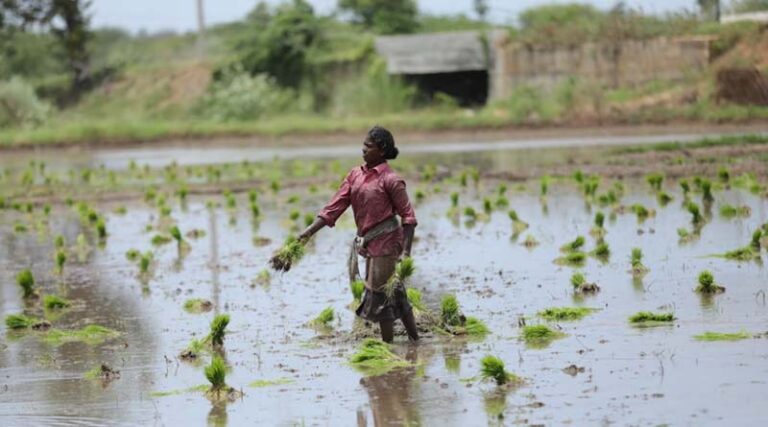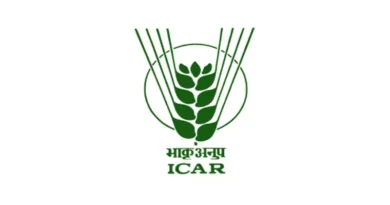
Chhattisgarh Government Launches Major Crop Diversification Incentive to Reduce Paddy Dependence
20 July 2025, Raipur: In a significant move to boost farmer income and reduce overdependence on paddy cultivation, the government of Chhattisgarh, a major agrarian state in central India, has announced a direct incentive scheme to promote alternative crops such as maize, pulses, oilseeds, cotton, and traditional millets like kodo, kutki, and ragi.
Chief Minister Vishnu Deo Sai’s administration is rolling out this initiative under the “Krishak Unnati Yojana” (Farmer Prosperity Scheme), aiming to make agriculture more profitable, sustainable, and climate-resilient through crop diversification.
₹10,000 per Acre for Alternative Kharif Crops
Farmers opting to grow crops other than paddy during the ongoing Kharif season will receive ₹10,000 per acre as financial assistance. The support will be provided through Direct Benefit Transfer (DBT) directly into their bank accounts. Eligible crops include maize, pulses, oilseeds, cotton, kodo-kutki, and ragi.
₹11,000 per Acre for Shifting from Paddy
Those who sold paddy at the government’s minimum support price (MSP) last year and switch to any of the promoted alternative crops this year will receive an even higher benefit of ₹11,000 per acre, based on certified land records.
This enhanced support is designed to encourage farmers to break away from mono-cropping practices that dominate the region, especially paddy, which has been linked to water stress, soil degradation, and fluctuating market returns.
Who is Eligible?
- Only farmers registered on the Integrated Farmer Portal will be eligible for benefits under the scheme.
- Government bodies, semi-government institutions, private companies, trusts, and cooperatives are excluded from the scheme.
- Seed-producing farmers who sold paddy to the State Seed Corporation will be subject to special provisions.
Comparing Support: Paddy vs Diversification
Traditionally, paddy farmers receive input subsidies of approximately ₹15,351 per acre (for common paddy at ₹731/quintal) and ₹14,931 per acre (for Grade-A paddy at ₹711/quintal), including MSP support. Under the new diversification scheme, alternative crops now receive comparable financial backing, positioning them as viable and sustainable income options for farmers.
Focus on Soil Health and Nutritional Security
State officials highlight that the scheme is not just about income enhancement but also improving soil health, ensuring nutritional security, and preparing for climate-adaptive agriculture. By diversifying crops, the government aims to mitigate risks from pest outbreaks, erratic rainfall, and market volatility.
“This initiative reflects a shift in our agricultural policy — from quantity to quality, from mono-cropping to diversity, and from subsistence to prosperity,” a senior official from the state agriculture department said.
Also Read: Pivot Bio Expands World-Class Scientific Advisory Board to Advance the Future of Crop Nutrition
📢 If You’re in Agriculture, Make Sure the Right People Hear Your Story.
From product launches to strategic announcements, Global Agriculture offers unmatched visibility across international agri-business markets. Connect with us at pr@global-agriculture.com to explore editorial and advertising opportunities that reach the right audience, worldwide.






